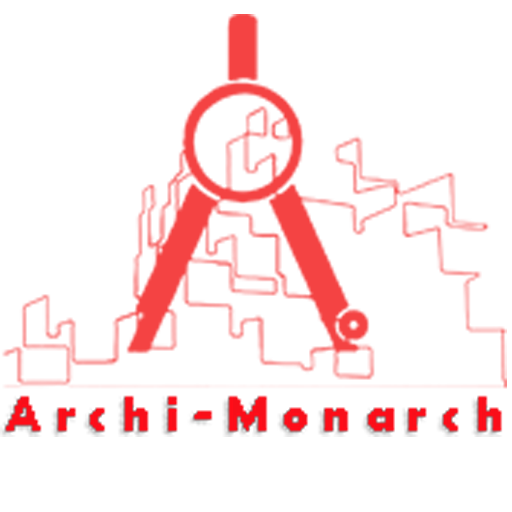A gully-trap is a crucial plumbing component in architectural design, used to prevent foul gases from drainage and sewer systems from entering buildings. It is typically installed at the junction where wastewater from sinks, bathrooms, or kitchens meets the main drainage line.
The gully-trap contains a water seal, which acts as a barrier to block unpleasant odors and harmful gases while allowing wastewater to flow through.
It also helps in collecting debris and preventing blockages in the drainage system. Proper placement and maintenance of gully-traps are essential for ensuring hygiene, effective wastewater management, and overall sanitation in a building.
If you want to know about the kitchen detail or miscellaneous detail or water tank detail, please click the link.
Image of Gully trap detail and downloadable (in DWG) link below

Gully trap detail drawing – 5
A gully trap detail drawing in construction typically includes several key elements that illustrate its structure, installation, and connection to the drainage system.
Without an image, here’s a textual description of the important components:
Inlet and Outlet Pipes:
- The inlet pipe connects to the wastewater source, such as kitchen sinks, washbasins, or bathroom floor drains.
- The outlet pipe connects the gullytrap to the underground drainage or sewer system.
Trap Chamber:
- A vertical chamber made of concrete, PVC, or clay that houses the trap mechanism.
- Inside the chamber, a U-shaped water seal retains a small amount of water, preventing foul gases from escaping back into the building.
Water Seal:
- Maintains a water barrier, usually around 50–75 mm in depth, to block odors and gases from the sewer.
Grating or Cover:
- The top of the gullytrap is protected by a removable grating or cast iron cover to prevent debris from entering and to allow for periodic cleaning.
Inspection Chamber (Optional):
- Sometimes placed near the gully trap for easier access during cleaning or inspection.
Surrounding Concrete Bedding:
- The gullytrap is usually embedded in concrete for stability and to avoid displacement due to ground movement.
Slope of Pipes:
- The inlet pipe is slightly sloped towards the gully trap to ensure smooth flow of wastewater, while the outlet pipe slopes towards the main drainage line.
Our tips to help you improve your architectural Gully trap detailing.
